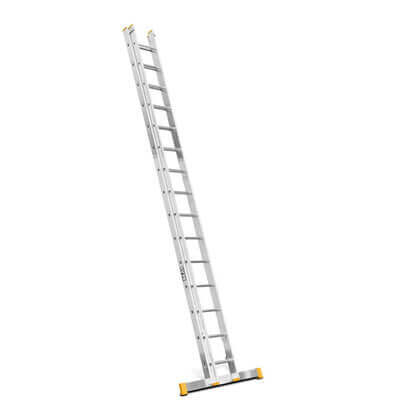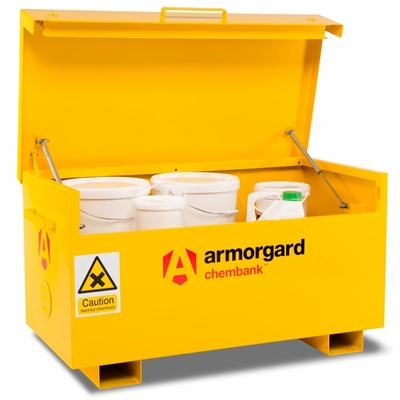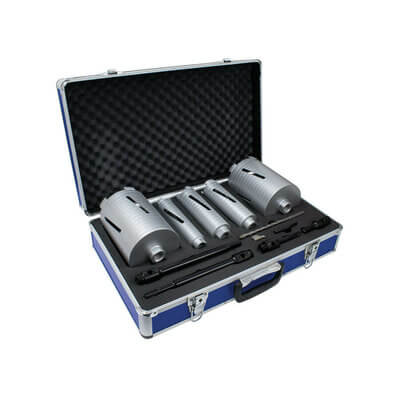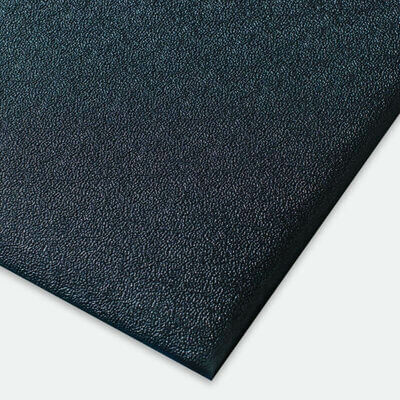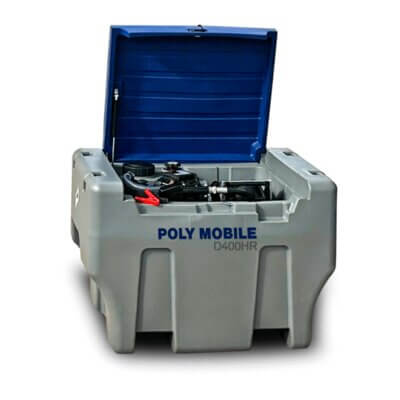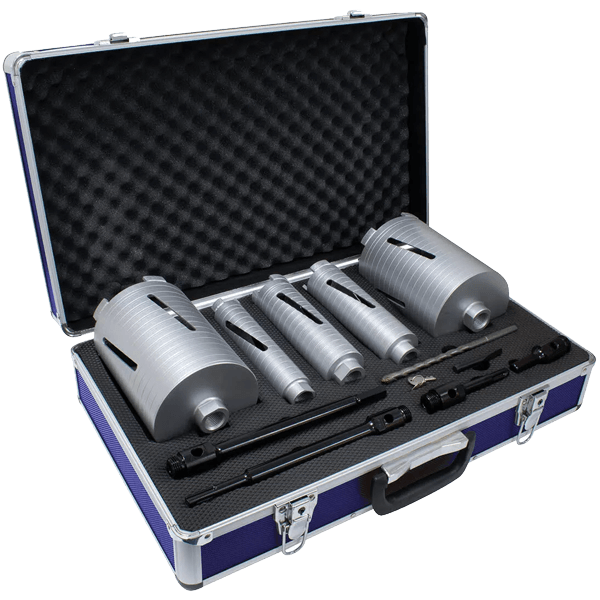Troubleshooting Issues With Diamond Blades
Troubleshooting Issues With Diamond Cutting Discs
Diamond cutting discs are great tools for cutting into hard materials like asphalt, concrete & metals. They can be used in angle grinders, disc cutters, table saws and more, to provide an efficient and effective method of cutting through all kinds of challenging materials.
Some issues can occur with diamond blades - read on for help with troubleshooting any issues you may be having.
Most Common Issues
The most common issues with diamond blades occur as a result of:
- Incorrect matching of diamond blade to cutting application - Check the product details and specifications of the blade to ensure that it is suited to your cutting application before purchasing.
- Incorrect use of diamond blade - Only use the blade according to the manufacturer's guidelines - in the correct machine and at the correct speed for the application.
- Machinery fatigue, wear or faults - Ensure that your machine is in good working order and well-maintained.
- Mishandling of product in transit - Take care when handling the blade and inserting it into your machine.
When your blade is not performing as expected
Slow / Decreased Cutting Speed
Possible Causes:
- Check diamond blade rotational arrow against machine direction.
- If the segment becomes smooth it can be redressed by running the segments through an abrasive material i.e. Lightweight concrete block or concrete roof tile.
- Check that the blade application is correct for the material being cut.
- Check for correct tensioning of machine belts.
- The machine being used may have insufficient power.
Increased or Abnormal Segment Wear
Possible Causes:
- Incorrect blade specification chosen for material application, a harder bonded specification may be required.
- Inadequate water supply.
- Excessive speed of rotation.
- Worn machine bearings causing blade centre to lose shape.
Uneven Segment Wear
Possible Causes:
- Improper use by machine operator, blade being used as grinding or smoothing tool.
- Excessive pressure being applied by operator.
- Blade incorrectly mounted on shaft, worn or damaged machine bearings, or worn shaft.
Segment Under Cutting
(In the event of visible under cutting of segment the user should stop using immediately)
Possible Causes:
- Over cutting into the sub base where the constant abrasive rubbing of loose material can have an adverse effect on the steel centre. By reducing the depth of cut, the wear will be reduced.
- Insufficient water supply, by increasing water supply aiding slurry removal will reduce the effects of undercutting.
- Loss of undercutting protection.
Segment Cracks
(In the event of segment cracks the user should stop using immediately)
Possible Causes:
- The segment is too hard for the material being cut causing a hammering or bouncing action when in use.
- Cutting speed is too fast.
Blade Vibration
(In the event of blade vibration the user should stop using immediately)
Possible Causes:
- Worn/damaged shaft or grooved spindle mounting adaptor.
- Damaged/worn machine bearings or shaft.
- Worn or damaged arbor hole.
- Blade incorrectly mounted.
- Damaged diamond blade.
- See loss of tension.
Segment Loss
(In the event of segment loss the user should stop using immediately)
Possible Causes:
- The segment is too hard for the material being cut causing a hammering or bouncing action when in use.
- Overheating of segment and steel centre caused by inadequate irrigation or cooling periods, this is usually diagnosable by the bluish discolouration of steel centre.
- The machine twisted, turned , forced or subjected to lateral forces whilst in the cut. Blade jolt from material not being held rigidly.
- Incorrect mounting, worn spindle causing ovalised effect.
- Reduced blade support as a result of Worn or damaged flanges.
- See undercutting.
Steel Centre Cracking
(In the event of steel centre cracking the user should stop using immediately)
Possible Causes:
- The segment is too hard for the material being cut causing a hammering or bouncing action when in use.
- The machine twisted, turned, forced or subjected to lateral forces whilst in the cut. Blade jolt from material not being held rigidly.
- Blade incorrectly mounted on shaft, Worn or damaged machine bearings, or worn shaft.
- Inadequate cooling processes.
- Excessive speed of rotation.
Loss of Tension in Steel Centre
(In the event of tension loss the user should stop using immediately)
Possible Causes:
- The segment is too hard for the material being cut.
- Machine not running at the correct rpm.
- Worn or unsecured flanges causing slippage of steel centre.
- Damaged/worn machine bearings or shafts producing lateral stresses on steel centre.
- Blade poorly aligned when mounted on saw.
Out of Round Blade
(In the event of blade becoming out of round the user should stop using immediately)
Possible Causes:
- The segment is too hard for the material being cut causing a hammering or bouncing action and wearing disc out of round.
- Damaged/worn machine bearings.
- Worn/damaged shaft or grooved spindle mounting adaptor.
- Blade incorrectly mounted.
Order Diamond Blades Online
We offer a wide range of diamond cutting discs, available to order online with fast delivery to you. Our range includes options from top brands like Mexco - with blades available for a huge variety of applications and in a great choice of sizes. Take a look at the full range on our website. Use the website filters to find blades to suit your application and machine.
